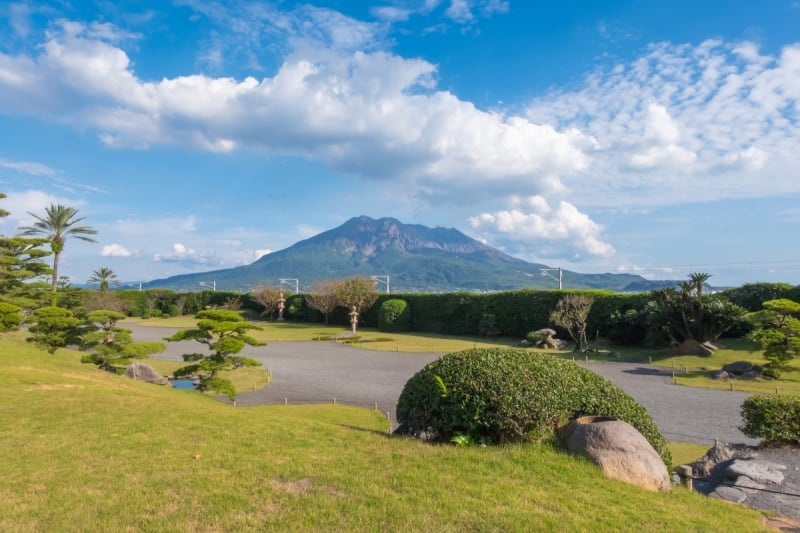Japan’s southwest island of Kyushu saw an unforgettable start to the week when Sakurajima volcano erupted early Sunday morning, November 16, 2025. Just across the bay from Kagoshima City, the volcano shot a massive plume of ash and smoke 4,400 meters into the sky, reminding visitors and locals alike of Japan’s dramatic and ever-changing natural landscape.
What happened

Image credit: yumenomatayume via Canva Pro
Sakurajima, one of Japan’s most active volcanoes, has a long history of eruptions. Sunday’s event, originating from the Minamidake crater around 12:57 a.m., produced the first plume over 4 km high in more than a year. Large volcanic rocks fell near the mountain, but no pyroclastic flows were reported, and fortunately, there were no injuries or property damage. The alert level remains at three out of five, meaning the area around the crater is off-limits to visitors.
What travellers need to know
If you’re planning a trip to Kyushu, this eruption may affect your travel plans in several ways:
Flight disruptions

Image credit: TokioMarineLife via Canva Pro
Flights at Kagoshima Airport were significantly affected, with more than 30 cancellations reported. Travellers faced long queues, last-minute rebookings, and extended waiting times. If you’re heading to Kagoshima or nearby cities like Miyazaki, it’s important to check your flight status regularly and keep your itinerary flexible.
Ashfall in Kagoshima and Miyazaki

Image credit: Kitinut Tum via Canva Pro
The volcanic ash didn’t stay confined to the volcano. It drifted over Kagoshima and neighbouring Miyazaki, leaving a thin grey layer on roads, cars, and signage. For visitors, ash can be an unexpected inconvenience. Wearing a mask or scarf is recommended, and be careful when driving or walking outdoors.
Local safety precautions
Authorities urge visitors to stay out of restricted zones and follow official advisories. Despite the dramatic eruption, Japan’s disaster management system is highly efficient, providing clear updates and organised support across affected areas, from airports to train stations.
A volcano with a storied past

Image credit: NASA via Wikimedia Commons
Sakurajima isn’t just a natural hazard; it’s a stunning landmark. Originally an island, a 1914 lava flow connected it to the Osumi Peninsula, creating the land bridge that visitors cross today. Despite its fiery activity, the volcano remains a must-see attraction for travellers exploring Kagoshima.
Travel tips for visiting Kyushu now

Image credit (L-R): unoL, billionphotos via Canva Pro
Before heading to Kagoshima or Miyazaki, make sure to monitor official advisories and stay updated on any changes. If you plan to spend time outdoors, pack masks and protective eyewear to guard against volcanic ash. It’s also a good idea to prepare flexible travel plans, as flights and trains in the area may experience delays.
Keep snacks and water on hand, especially in case of unexpected waiting periods at airports or stations. And if you’re hoping to capture the dramatic eruptions of Sakurajima, do so safely. Breathtaking photographs are worth it, but safety should always come first.
Also read: Where to Go in Japan: The Most Popular Travel Routes Explained
Final thoughts
Sakurajima’s eruption is a powerful reminder of the dynamic beauty of Japan’s natural landscapes. While it may temporarily disrupt travel plans, with a bit of preparation and awareness, a trip to Kyushu can still be safe, exciting, and unforgettable. For travellers who love dramatic scenery and a touch of adventure, witnessing Sakurajima from a safe distance is an experience like no other.




